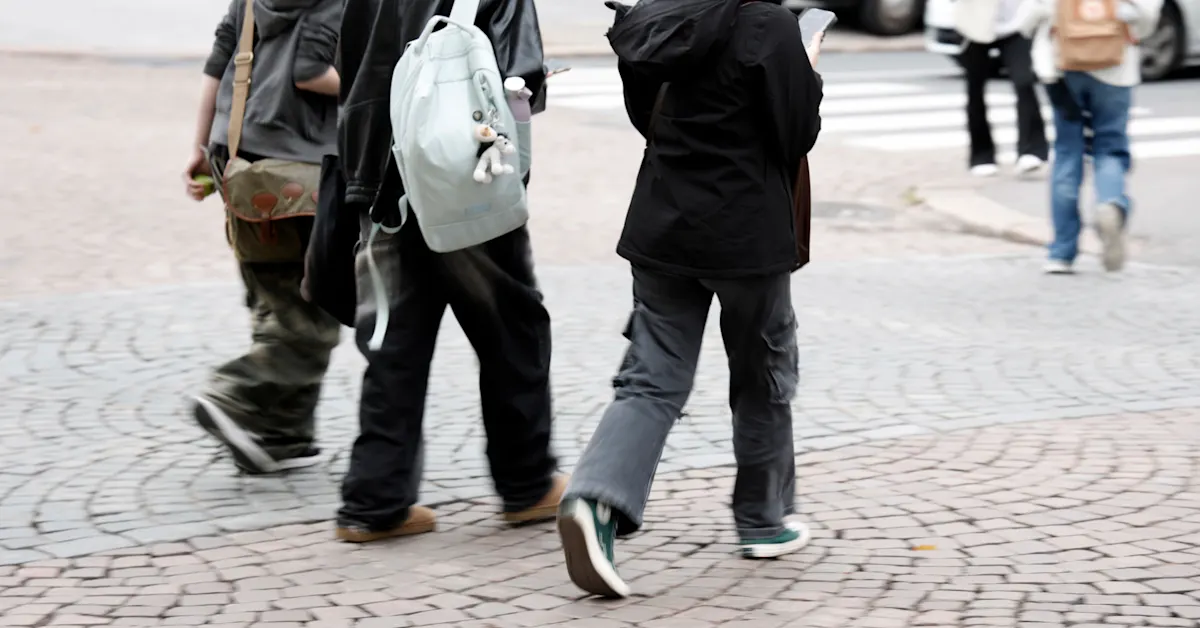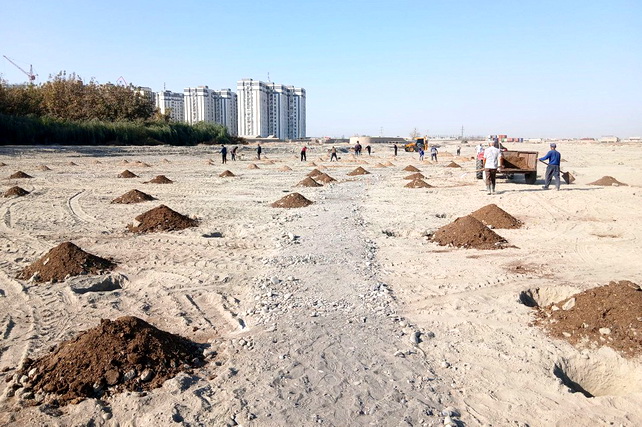Copyright yle

Are the kids alright? It is a question that has come up in many different forms across Finnish media in recent years. We have heard this past week alone, for example, that many of them can't tell the time on an analogue clock any more, while they are also skipping the free lunch provided at school in increasing numbers. And now Helsingin Sanomat informs its readers on Wednesday morning that kids these days don't even know how to argue. Raija Laakkonen, a special education teacher at Rekola school in Vantaa, recently celebrated 50 years in the profession — and she shares five key insights into the modern child with HS, borne from her decades of experience. One of the most eye-catching is her assertion that children do not know how to deal with conflicts, or how to resolve them, because they spend so much less time together outside. Instead, she says, they are far too quick to seek out an adult to help them resolve even the smallest disagreement. This feeds into another of her observations, that many children find it very difficult to step outside their comfort zone. "If a child has to make an effort to learn something, they might say they don't even want to try because it feels so hard. They give up easily," Laakkonen tells HS, noting that children these days are very different from when she started teaching in the 1970s. So what's happened? Laakkonen cannot quite put her finger on what exactly has caused these seismic changes, but she considers the early 2000s to have been a turning point — as the reading skills, reading comprehension and mathematical abilities of children in Finland suddenly and very noticeably declined. This occurred around the same time as the rapid development of technology and digital devices, which she thinks surely played a part, as they have led to concentration challenges and a lack of perseverance in many kids. Driving carefully Tabloid Iltalehti meanwhile reminds readers that winter speed limits are being rolled out across the country this week, with the main changeover starting today, Wednesday 29 October. "This [introduction of winter speed limits] reduces the risk of accidents, which would otherwise double in the dark and multiply on slippery roads compared to driving in daylight and on dry surfaces," IL quotes a Finnish Transport Infrastructure Agency (Väylävirasto) statement. The agency also provides a helpful map, which Iltalehti carries, showing the adjusted speed limits on different sections of road. The most common change affects roads where the speed limit is normally 100 km/h. These are usually lowered to 80 km/h during winter, and even to 70 km/h on some routes. But weather and road conditions must always also be taken into account, IL adds, so it is still possible to see a speed limit of 120 km/h on a motorway in November, if the conditions so allow. However, if they do not, then the limit will be reduced to 100 km/h. Noora Airaksinen, a road safety expert at the agency, emphasises the importance of lower driving speeds for a driver's observation skills and reaction time, especially in poor conditions. "The highest permitted speed is often not the same as a safe driving speed, especially during the winter season. It’s best to ease off the gas even more if conditions require it," Airaksinen says. The cost of call screening Tampere-based Aamulehti hears from two doctors about a curious phenomenon — patients not answering because they are screening incoming calls. Atte Hölttä, a cardiologist, tells Aamulehti that a growing fear of fraudsters is one of the reasons why people let the call ring out. "How many times has it happened that the patient doesn't answer my call, but calls back a couple of minutes later and says they checked the number to make sure it wasn't a scammer," he says. But if they don't immediately call back, missing a call often means the patient has to contact a nurse or secretary to set up another call request with the doctor — a cumbersome and frustrating process for all involved. Hölttä adds that he has personal experience of this as well as he once received a call from a doctor that was cut off due to a bad connection. "I was told they’d get back to me in about a month. That’s a long time to wait," he says. Aamulehti also hears from Mika Koskinen, a neurologist, who says patients usually answer his calls (at a rate, he estimates, of about eight out of ten) although he sometimes has to call the same number several times. He does however suggest one reason why some people don't take the call — money. "Calls from the wellbeing services are chargeable, and not everyone can afford to pay," Koskinen says. A telephone appointment with a specialist costs about 30 euros per call, and some patients either don't answer or hang up because they cannot afford it. This in turn could mean a person's illness or condition goes untreated, Koskinen adds, because a patient cannot be treated against their will. "If someone repeatedly doesn't answer, it's presumed that the patient is not interested in the offered treatment," Koskinen says.



